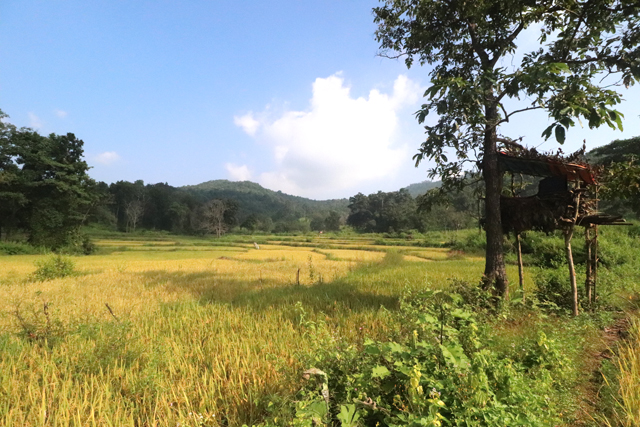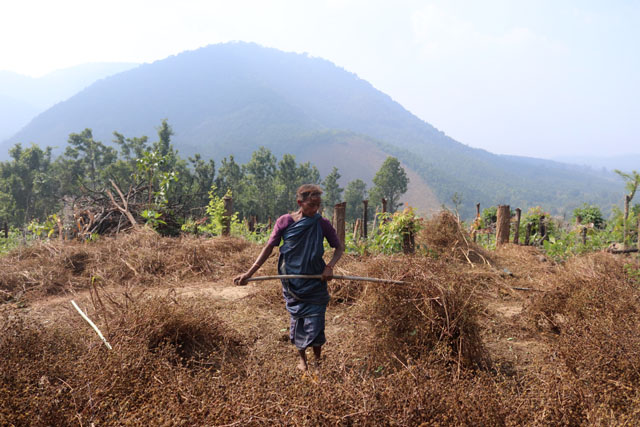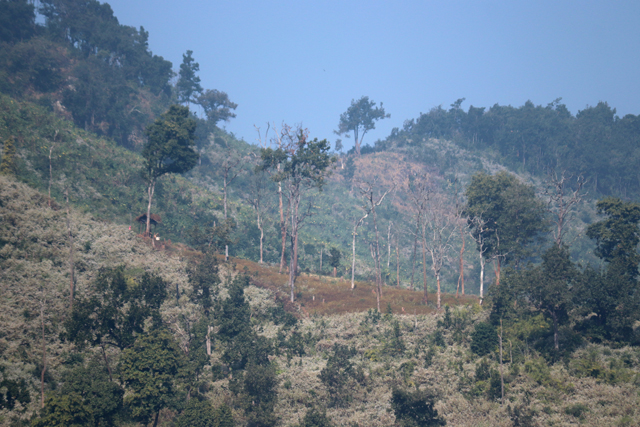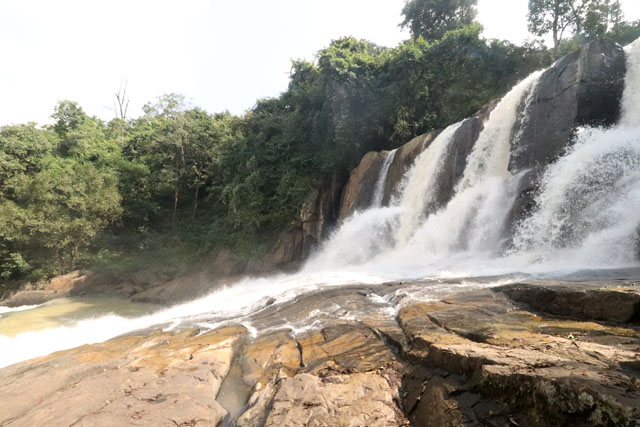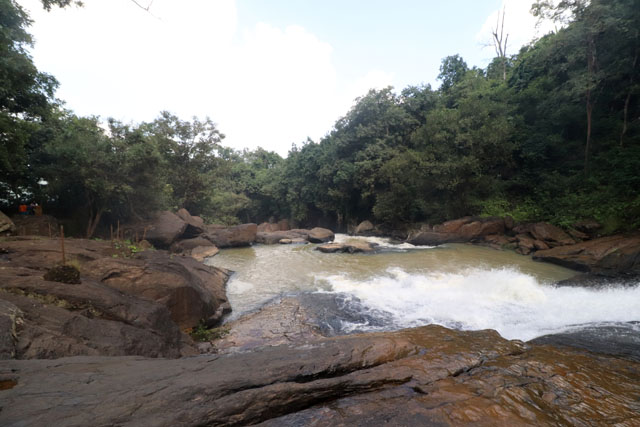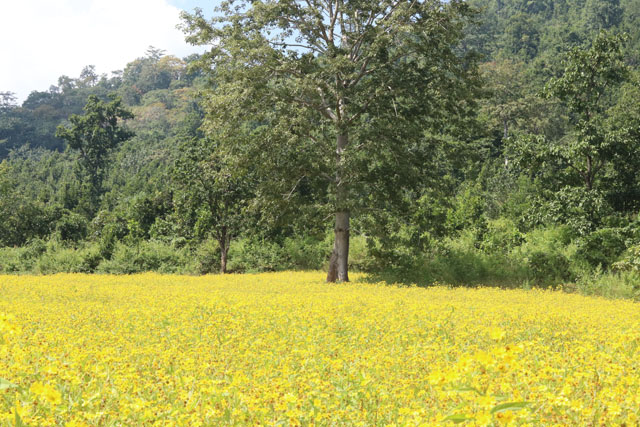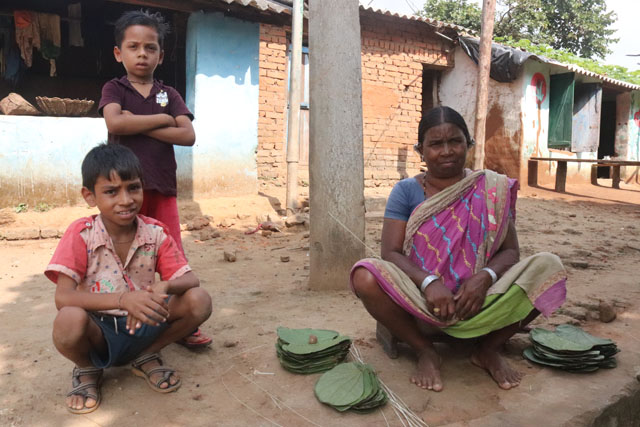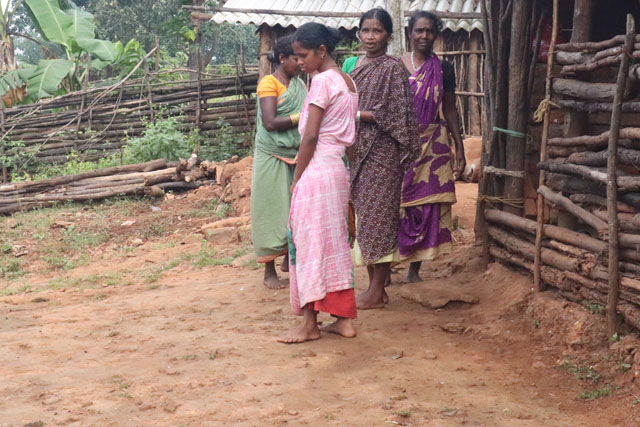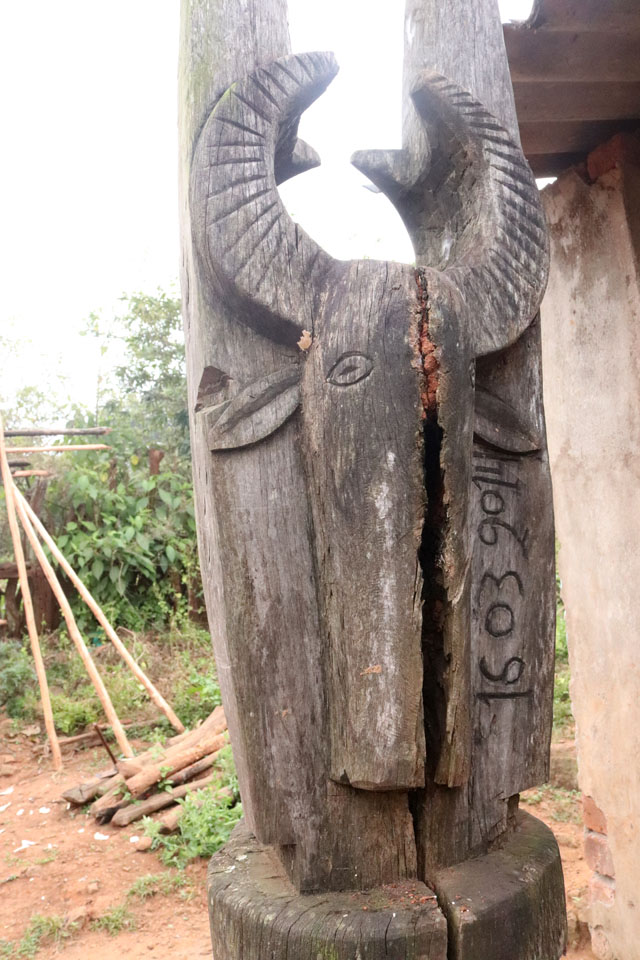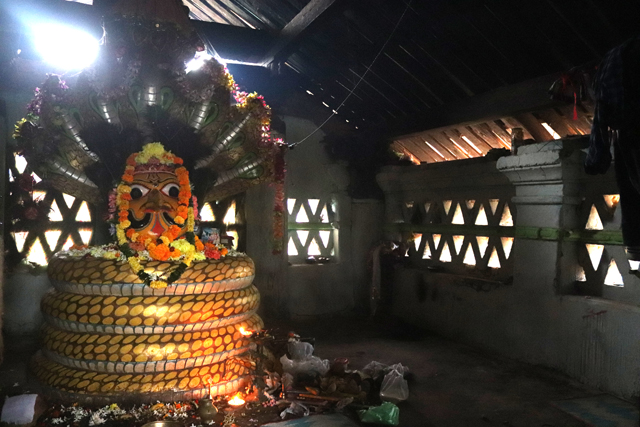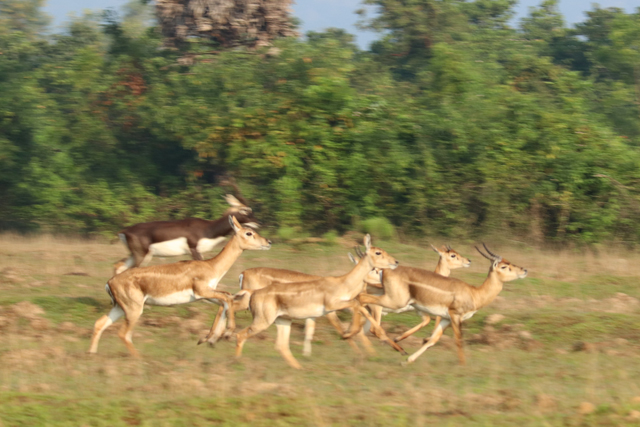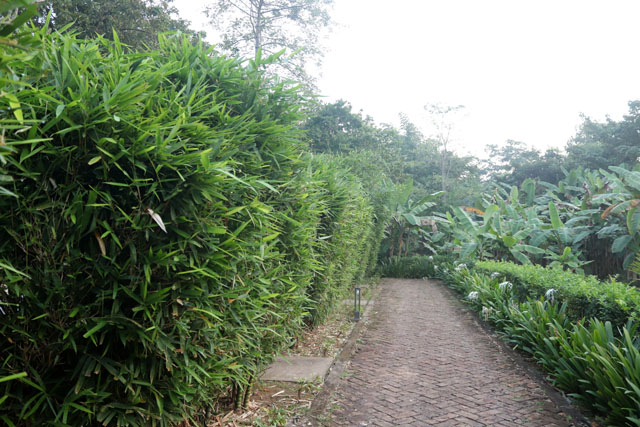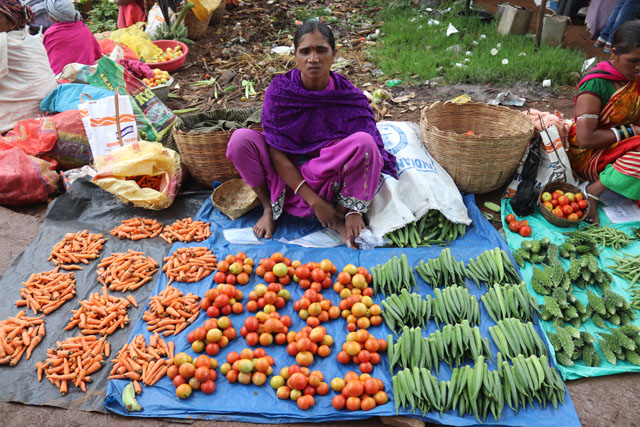When you are at Mundigada you don’t see any glamorous monuments around you. But you hear stories of its hoary past. You are bound to contemplate, is the history of Odisha or India just restricted to the glory of Mughals or Gajapatis…why we don’t hear the stories of unknown India. Here is an attempt!

The Kondhs are a militant tribe and don’t want to interfere in their territory. In the past, they were virtually independent in their mountainous kingdom but also connected by alliances with the ruling chiefs from the plain, especially Ghumsar. But when the chiefs tried to exert their political influence over them, the Kondhs resisted violation which in course of time led to Kondh uprising against the rulers of the plain and the British Raj in the 19th century.





A forgotten chapter in history, the Kondh uprising predated even the much-talked mutiny of 1857.
There are three causes of Kondh uprising.
The first is the tradition of human sacrifices, called Meriah. The Kondhs were first brought to the notice of the British during 1835-37 through the Bhanjas of Ghumsar. In February 1836 the British force for the first time, while ascending the ghats, came to know about the existence of human sacrifice among the Kondhs of the hill tracts of the present-day Kandhamal including Mundigada. The British did not like the barbaric practice and wanted to abolish. But the practice of human sacrifice was the foundation of their socio-religious life. Therefore the British authorities took many cautious steps in dealing with the problems. Interestingly, the officers exerted their influence in making the Kondhs understand the norms of civilised life. They would come in elephants through the dense jungles and crossing several mountains and mountain rivers and assemble in a field at Mundigada to interact with Kondhs.
Also, Read Here:
It is said that through direct inducements, such as gifts of land, money and cattle, titles and employment in the company service, the Kondhs were influenced. Even they tried to influence the priests of the Kondhs. But all such attempts were miserably failed to produce a due effect on the Kondh tribes. The practice of Meriah was so deep-rooted in Kondh society that any attempt by the British to suppress it created a sharp reaction among the Kondhs.




Kondhs have 84 deities of whom ‘Thadi’ or ‘Teri Penu’ is the supreme. The Kondhs would be united in a ceremony in the worship of this deity. There would be sometime a child with a belief that the earth would become stable and fit for ploughing. Their prosperity would be ensured.
Travel Tips
Mundigada is a small village located in Tumudiband Block of Kandhamal District at a distance of 5 km from Tumidibanda and 50 km from the Subdivisional town of Baliguda. Connected by excellent road and bus service, the state capital of Bhubaneswar is 350 km away from Mundigada. At Mundigada, you can stay at Sathi Ghara Mountain Home, a homestay specially designed for knowledge seeking travellers.
When the British authority failed to persuade the Kondhs to give up Meriah sacrifice, they decided to use force against them. But due to high altitude difficult terrain, it was not feasible. The British interference in their socio-religious rites led to prolonged states of warfare.

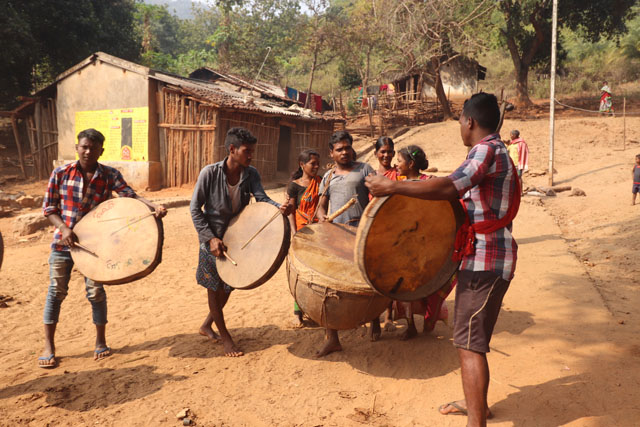
The second cause was the forced taxation. Ghumsar was in a state of political turmoil from the time the British captured it in 1767 till the end of Ghumsar rising in 1837. During those 75 years, Ghumsar faced desolation, devastation and ruin. There was the failure of crops in 1836 and consequently scarcity throughout the state. The following three years were of bad harvest for the whole of Ghumsar Kingdom. It crippled the backbone of people. On top of it, the British authority levied heavy taxes on rajas of Ghumsar and Baud. The government demanded arrears and revenue from the rajas, who in turn tried to realize the amounts from the Kondh inhabitants. But the Kondhs considered themselves the owner of the soil and they would not part with their lands on any ground whatsoever.
Also, Read Here:
A JOURNEY THROUGH KONDH TERRITORY, A TRIBE THAT ONCE SACRIFICED HUMANS
The Kondhs apprehended that their land would be grabbed by the British. They were against the imposition of any land revenue or taxes when they and their ancestors have not been in the habit of paying.
The British officers and the local agents with the instruction of the Government imposed illegal taxes on the Kondhs. To extract the money from them, even their cooking utensils were carried away forcibly.
The condition of Kondhs gradually worsened. Consequently, the oppressive rule was no longer tolerable, the Kondhs violently revolted against the British authority.
The third cause was to maintain political autonomy of Kondhs. The Kondhs carried on prolonged warfare against the British for upholding the prestige of the native people. Chakra Bisoi, a Kondh rebel took the leadership of the Kondhs. He established Lakshmi Narayan Bhanj, a scion of the royal family as the new ruler of Ghumsar against the wishes of the British Government. Such a move immediately attracted the attention of Kondhs, who eventually fought for the re-establishment of the native rule, in which it was believed their privilege could be safeguarded and grievances removed.
Today Mundigada is transformed, its native, especially the new generation has forgotten its pride history. Thanks to Sri Suresh Patra, who in this film narrates an incident of Kandh rising near Munigada in the 1850s.
Author: Jitu Mishra
He can be contacted at jitumisra@gmail.com






